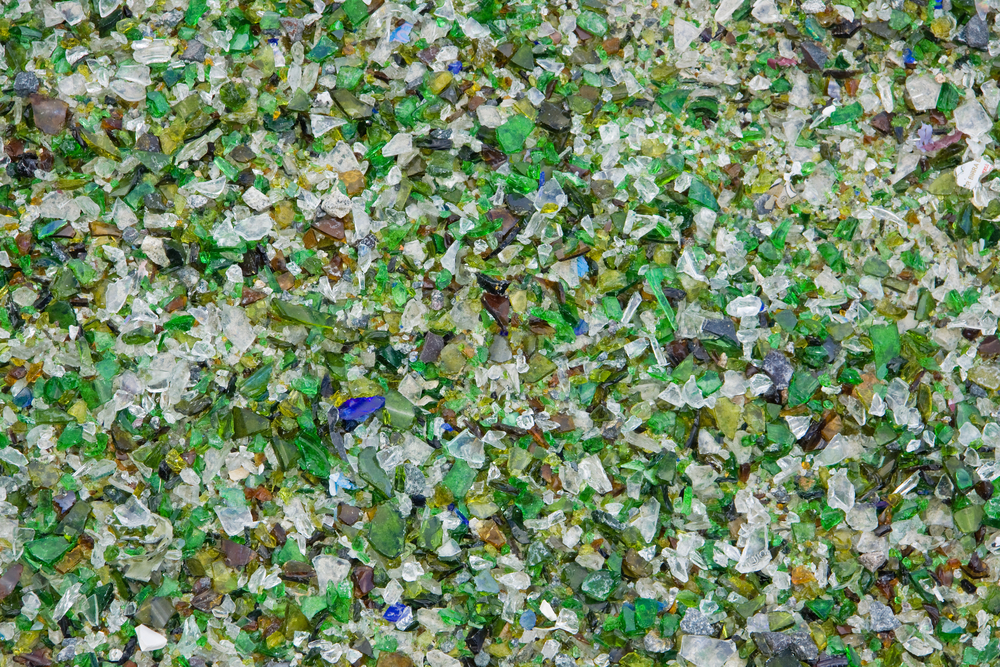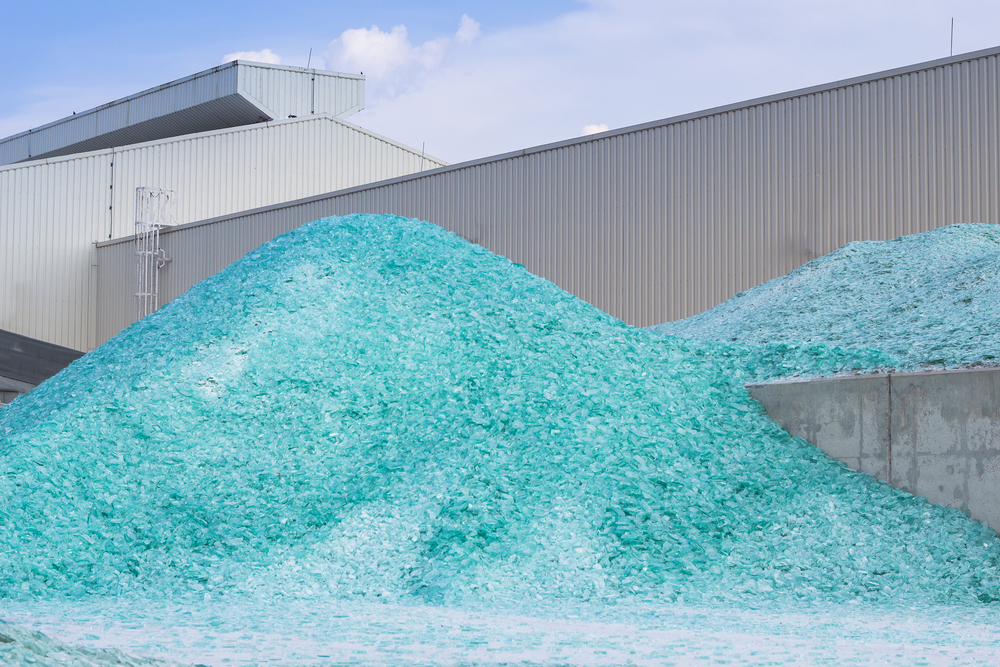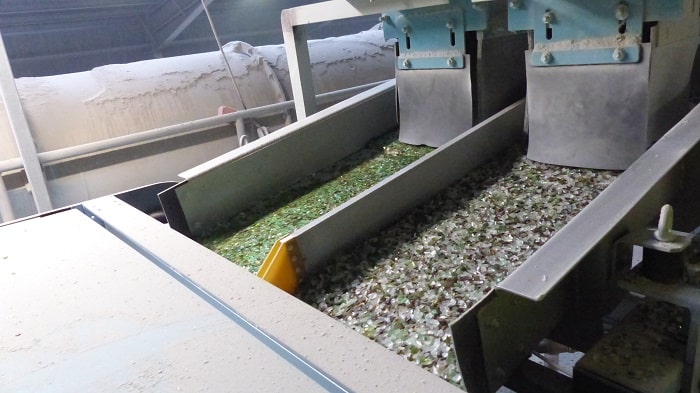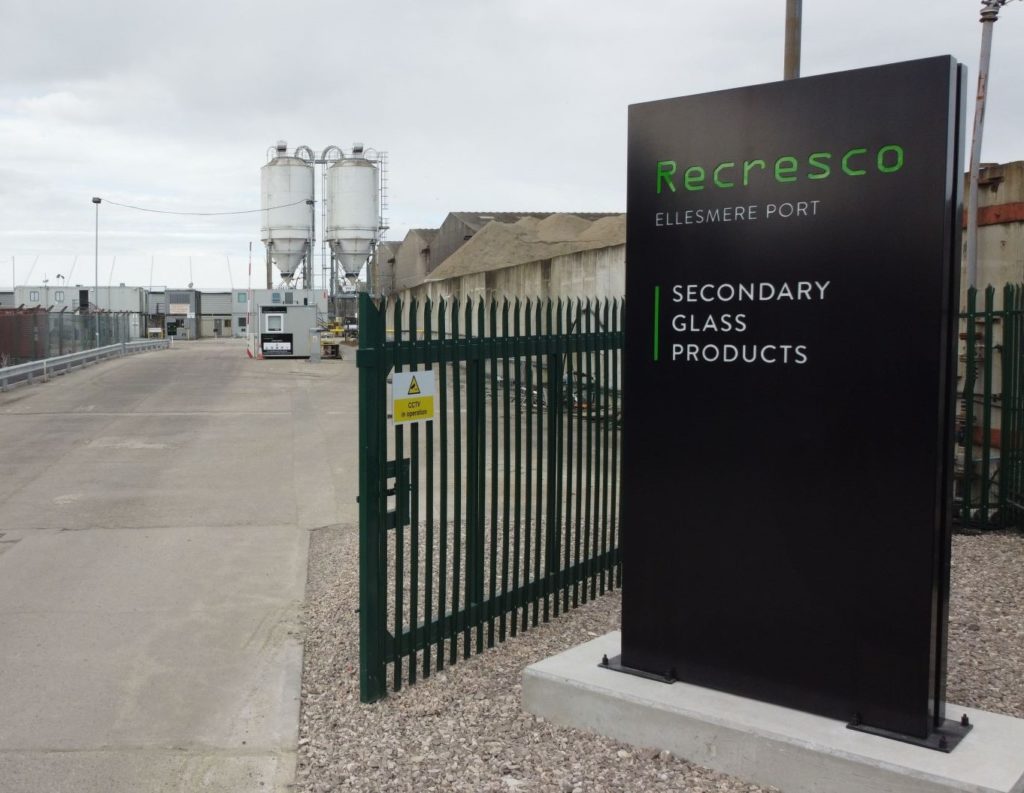Some glass recyclers have questioned why packaging data for the second quarter of 2020 showed a 16% yearly increase for ‘glass other’ PRNs at a time when many facilities were closed due to the coronavirus pandemic.
In the second quarter of 2020, 135,220 packaging recovery notes (PRNs) were issued for glass other, according to the National Packaging Waste Database (NPWD).

This represents an increase of nearly 90,000 on the 47,777 issued during the first quarter. It is also significantly more than in the second quarter of 2019, when 116,691 PRNs were issued for glass other.
Some glass recyclers have branded this “unbelievable”, saying it could be put down to ‘double counting’ or contamination or other factors, including errors and even fraud.
Q3
Provisional packaging data for the third quarter of 2020 published by the Environment Agency last week showed the strong performance for glass other PRNs had continued throughout the year (see letsrecycle.com story). The 155,195 glass other PRNs issued is more than 50% more than in the same period in 2019.
The ‘glass other’ category covers fluxing agents, aggregates, decorative cut glass and fine glass material such as sand substitute.
Speaking with letsrecycle.com about the Q3 packaging data some suggested the ‘eat out to help out’ scheme may have contributed to the increase in glass recycling. However, others are more wary of the figures.
‘Unbelievable’
Glass recycling company URM claims to be the largest producer of both glass remelt and glass other PRNs. Steve Dixon, project and systems manager at URM, described the figures as “a simply unbelievable lockdown performance which should be sounding alarm bells”. Another industry insider described himself as “stunned” by the figures.
“It makes no sense and it really hurts the market”
Various reasons have been suggested to try and explain the strong performance. One factor could have been accidental ‘double-counting’, the industry insider told letsrecycle.com, where PRNs were issued for incoming glass and when it left at a site. They added glass could have been measured on weighbridges multiple times.
Mr Dixon said he thought material with a high level of contamination could have been included in the figures. He said that while URM always deducted contaminants, there might be some processing of glass with contamination levels as high as 50%. He told letsrecycle.com: “It makes no sense and it really hurts the market.”
Fraud
Some within the glass recycling industry are wary about ascribing the performance to fraud, though it has been mooted as a possible reason for the rise.
Tim Gent, director of glass recycling company Recresco, told letsrecycle.com: “I have heard a lot of talk within the industry around the possibility of fraud and this is certainly a potential reason for the rise in PRNs issued. If this is the issue, it should be easy enough to uncover – simply look for anomalies in the reporting.

“However, it is also possible that fraud isn’t the issue and the reason for the rise is that more tonnage has been pulled into the system because of a higher value PRN earlier in the year. When there is a low value PRN, glass finds itself being diverted into the local market through non-accredited reprocessors, meaning less glass is reported.
“Has the issue been resolved? No. This is an ongoing issue and with low targets and low value, glass will slip back into non-accredited reprocessors. In order to address the issue, the targets need to be increased significantly.
“We have still not been issued with targets for next year and we hope there will be a significant increase. However, the expectation is that they will be set too low to make a real difference.”
Environment Agency
The Environment Agency told letsrecycle.com the PRN system had always operated on a market-based supply and demand basis. As such, it says, there are many influences on the waste market that will impact the flow of packaging waste, currently including the impact of the pandemic.
“Has the issue been resolved? No”
Changes in market conditions can impact the volumes of packaging waste arising, the Agency said. It added it was not in a position to speculate on the underlying market conditions that impact on waste arising.
However, it added it actively undertook a range of compliance assessments as part of its regulatory role under the packaging regulations. As part of this it tracks and profiles packaging waste data returns. Where it identifies unusual trends, it uses this intelligence to target its other compliance activities.
Market
Earlier this month, Mr Gent told letsrecycle.com’s virtual MRF & Markets Conference the coronavirus pandemic had had a profound impact on the glass recycling sector, which saw an increase in volumes collected throughout the lockdown (see letsrecycle.com story). He attributed the increase to people drinking more alcohol at home.
He said on 22 October that 2020 had been a strong year for glass in general.
“The market for glass has been exceptionally strong so far this year,” he said. “We have been extremely busy, seeing high tonnages of good quality material. We have not seen any increase in contamination; in fact, the quality has been very good. This could be down to a combination of more stringent quality control at our end and at the MRF, although it’s difficult to say.”
FOR MORE SPECIAL REPORTS, CLICK HERE









Subscribe for free